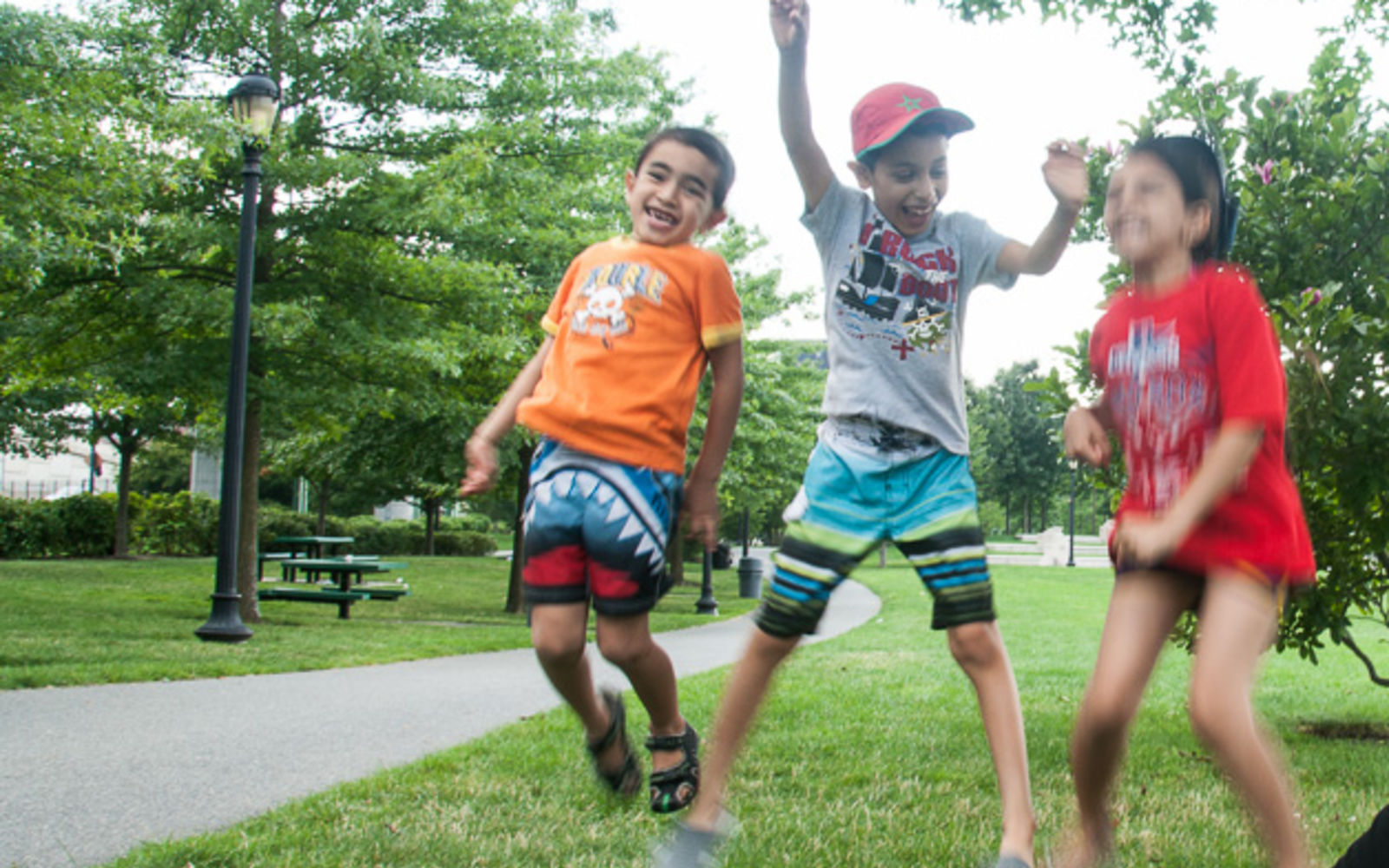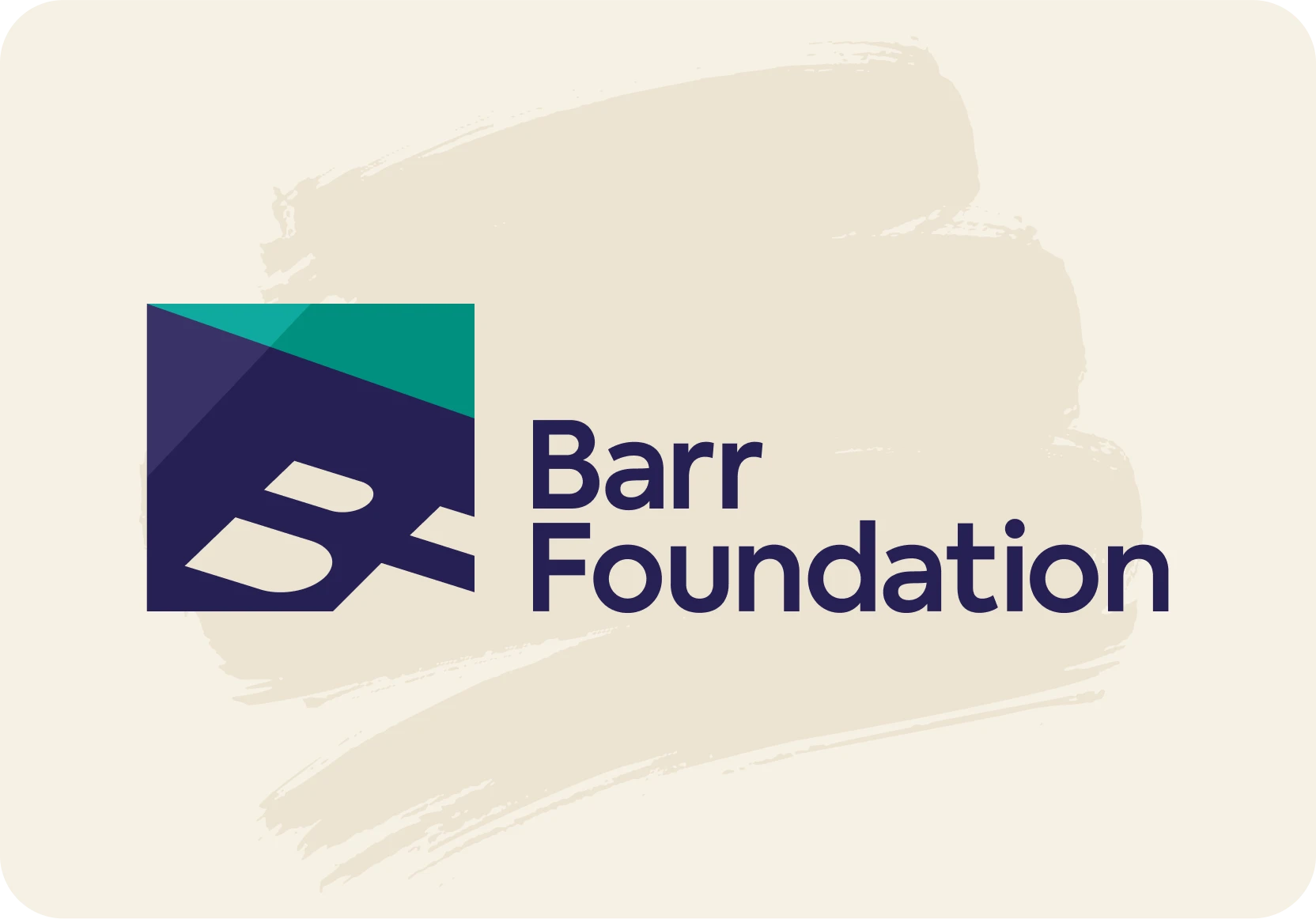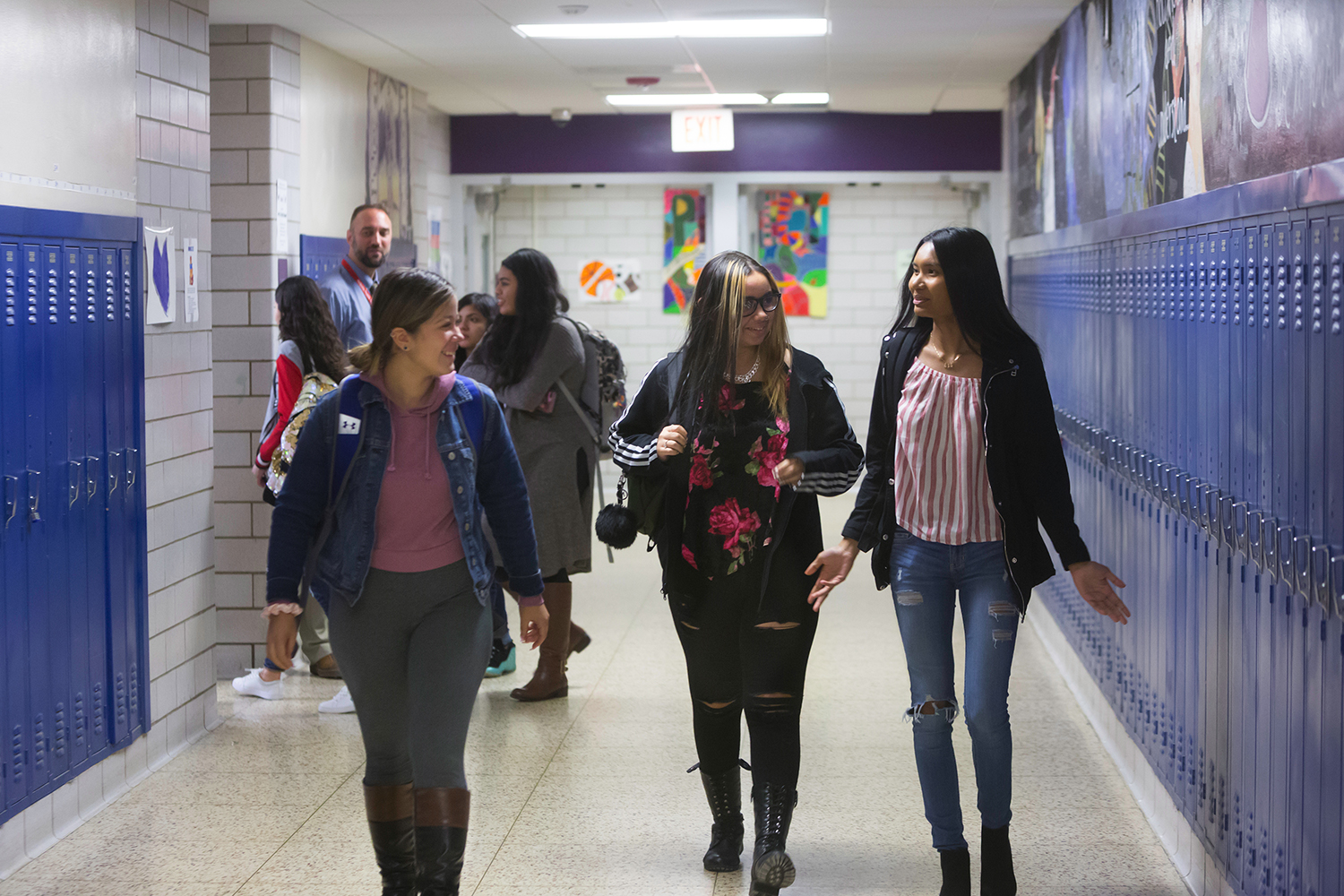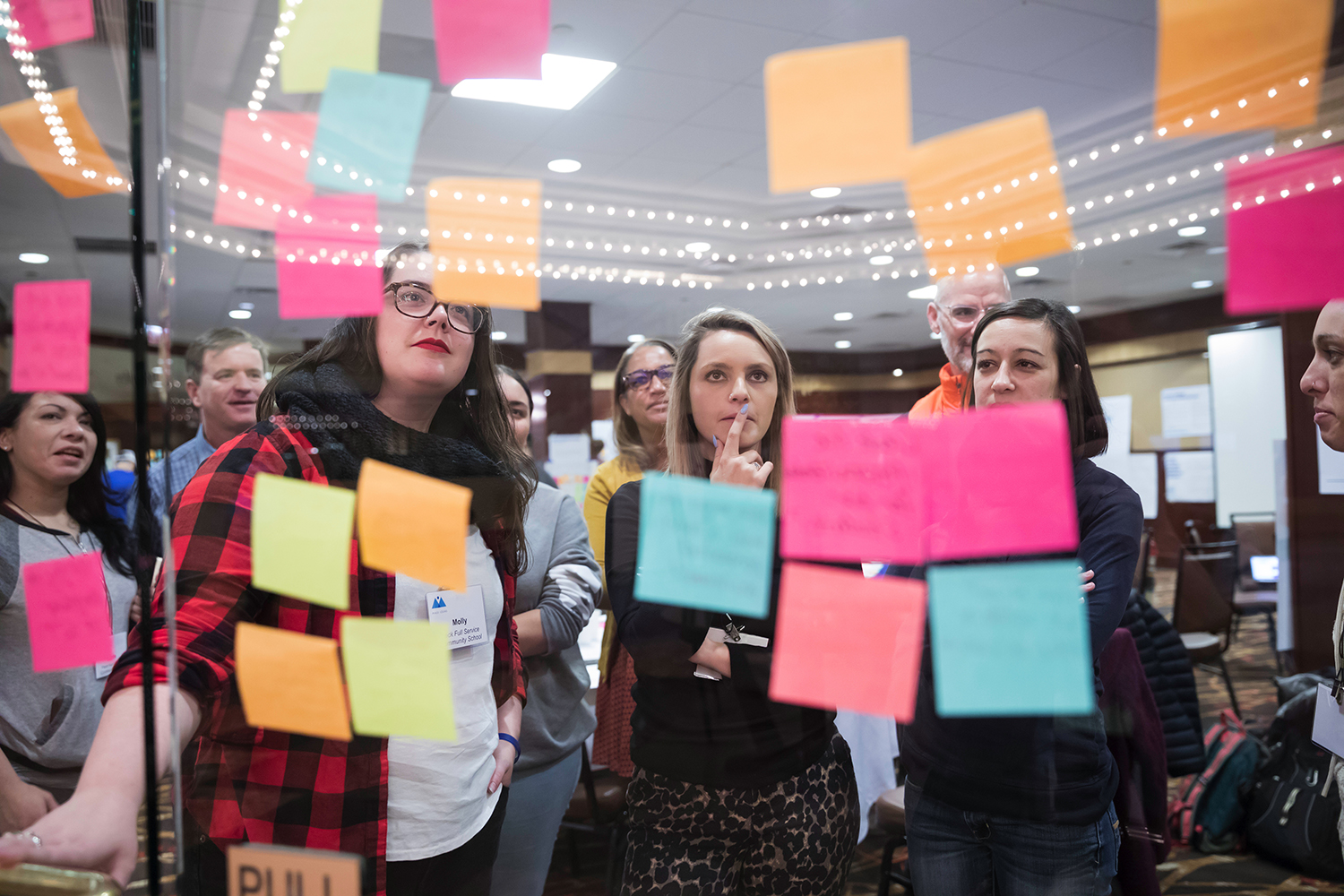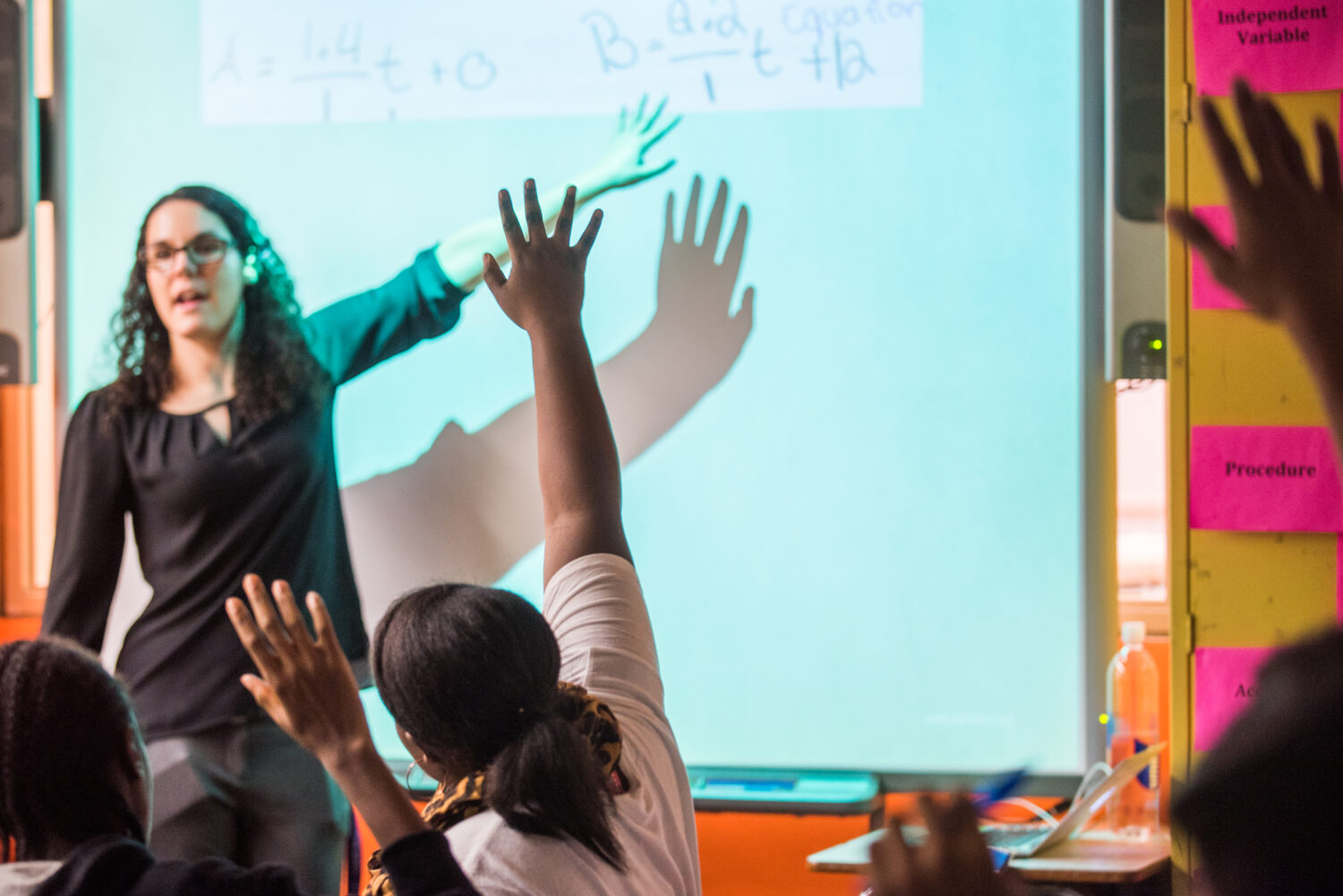Last March, I was invited to speak on a panel at the “Learning, It’s Personal!” conference, co-hosted by the Program on Education, Afterschool, and Resiliency and Boston after School and Beyond. The conference focused on organizations partnering to advance and integrate the fields of education, youth development and mental health. Attendees and speakers were drawn by the idea of moving beyond a school- and classroom-bound view of where learning and youth development actually happens – to explore more holistic approaches. One example that got a lot of attention was what’s been happening in Boston with summer learning (see Boston Summer Learning Project) – a promising model I plan to write more about soon.
For my panel, I was asked to reflect on what the “game changers” were to affect the critical shifts in mindset and approach. I spoke about five:
- The importance of focusing not only academic achievement gaps, but more broadly on opportunity gaps
- Seeing all time as “whole child time” – not just focusing on in-school time as learning time
- Being clearer about the essential skills we want youth to cultivate
- Expanding our frame for what the critical data is
- Partnering in radically different ways
It took me longer when I did it live, but thanks to some skillful editing, this video takes the journey through these ideas in just under eight minutes.
Julia Falk also posted a terrific piece on the Time to Succeed blog, linking these ideas to others raised at the conference.
